Cantaloupe harvest tips are essential for any home gardener dreaming of juicy, sweet melons bursting with flavor straight from their backyard! Have you ever bitten into a bland, disappointing cantaloupe from the grocery store and thought, “There has to be a better way?” Well, there is! Growing your own cantaloupe and knowing exactly when to harvest is the key to unlocking that perfect, sun-ripened taste.
For centuries, cantaloupe has been a symbol of summer abundance and a delicious treat enjoyed across cultures. From ancient Egypt to modern-day picnics, this melon has a rich history. But let’s be honest, knowing when to pick a cantaloupe isn’t always intuitive. That’s where these DIY tricks come in!
I’m here to share my tried-and-true methods for ensuring you harvest cantaloupe at its peak ripeness. No more guessing games or disappointing melons! These simple, yet effective, cantaloupe harvest tips will empower you to enjoy the fruits (or rather, melons) of your labor. Imagine the satisfaction of serving a perfectly ripe, homegrown cantaloupe to your family and friends. Let’s dive in and make that dream a reality!
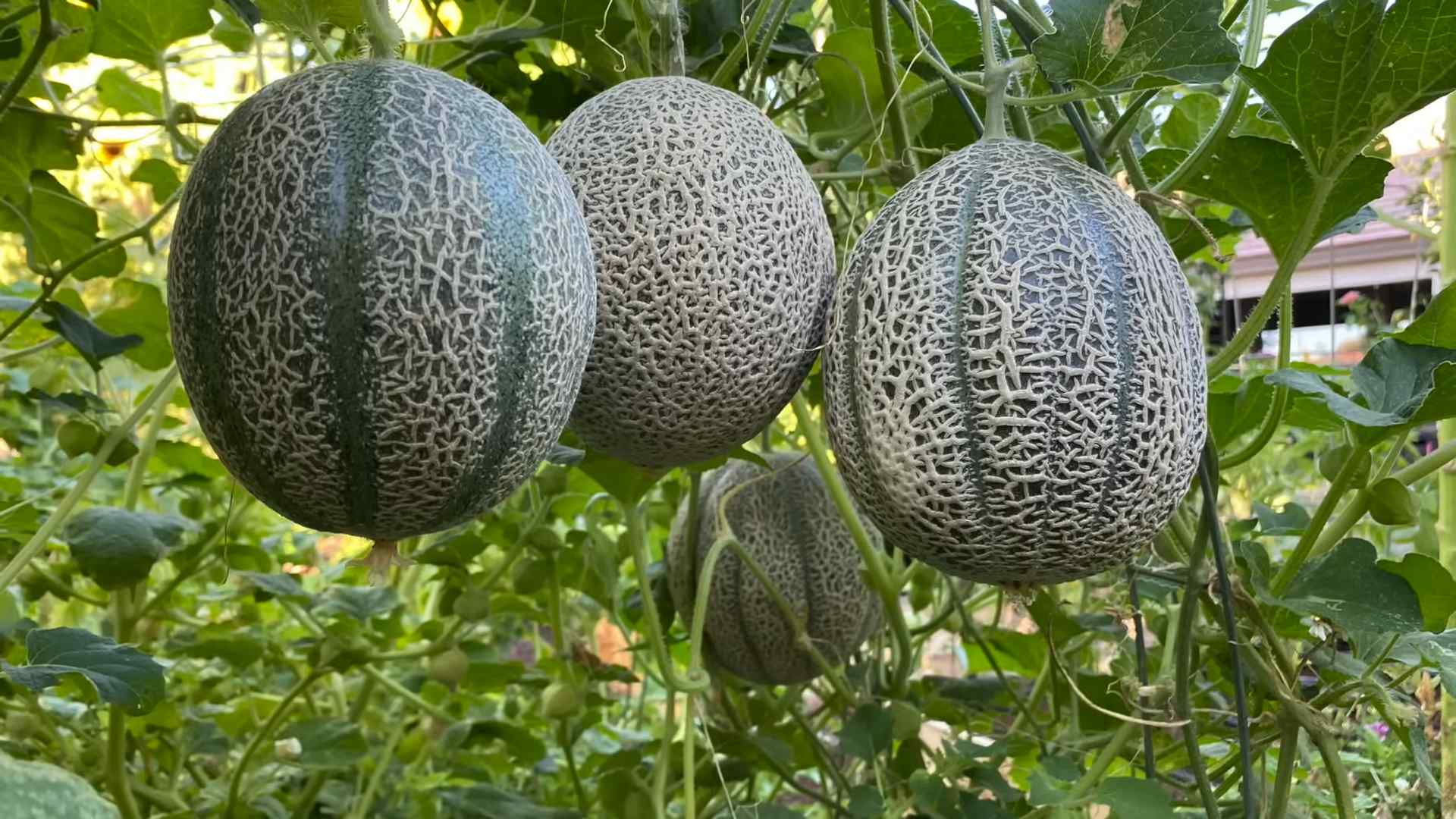
Cantaloupe Harvest: Knowing When and How to Pick the Perfect Melon
Okay, so you’ve nurtured your cantaloupe plants, watched them vine and flower, and now you’re eagerly anticipating that sweet, juicy reward. Harvesting cantaloupe at the right time is crucial for getting that perfect flavor and texture. Pick it too early, and it’ll be bland and hard. Wait too long, and it’ll be mushy and overripe. Don’t worry, I’m here to guide you through the process!
Understanding Cantaloupe Ripening
Before we dive into the harvesting process, let’s understand what happens as a cantaloupe ripens. This will help you make informed decisions when you’re out in the garden.
* **Sugar Development:** As the cantaloupe matures, starches convert to sugars, giving it that characteristic sweetness.
* **Aroma Development:** Ripe cantaloupes develop a distinct, sweet, musky aroma. This is a key indicator of ripeness.
* **Color Change:** The rind color changes from green to a tan, yellow, or buff color, depending on the variety.
* **Slip Stage:** This is the most important indicator! As the cantaloupe ripens, a separation layer forms between the fruit and the vine. This is called the “slip.”
Key Indicators of Cantaloupe Ripeness
Here’s a handy checklist to use when assessing your cantaloupes:
* **The Slip:** This is the most reliable indicator. The stem should easily separate (or “slip”) from the vine with a gentle tug. If you have to force it, it’s not ready.
* **Aroma:** A ripe cantaloupe will have a sweet, musky aroma, especially at the blossom end (the end opposite the stem). Get close and give it a sniff!
* **Color:** The rind color should have changed from green to a tan, yellow, or buff color. The netting on the rind should also be prominent and well-defined.
* **Feel:** The cantaloupe should feel firm and slightly springy to the touch. Avoid melons that feel rock-hard or mushy.
* **Sound:** Some people say that a ripe cantaloupe will have a dull, hollow sound when you tap it. This is less reliable than the other indicators, but it can be helpful.
Tools You’ll Need
Luckily, you don’t need much to harvest cantaloupe:
* **Sharp Knife or Pruning Shears:** For cleanly cutting the stem if the melon doesn’t slip easily.
* **Gloves (Optional):** To protect your hands from dirt and any prickly vines.
* **Basket or Container:** To carry your harvested cantaloupes.
Step-by-Step Harvesting Guide
Now, let’s get to the fun part – harvesting!
1. **Check for the Slip:** This is your first and most important step. Gently grasp the cantaloupe near the stem end. Apply a slight pressure with your thumb where the stem connects to the melon. If it’s ripe, the stem should separate easily from the fruit with a gentle tug. It should “slip” right off.
2. **If it Slips:** Congratulations! Your cantaloupe is ready to be harvested. Gently lift the melon from the vine and place it in your basket or container.
3. **If it Doesn’t Slip:** Don’t force it! If the stem doesn’t easily separate, the cantaloupe isn’t quite ripe yet. Check the other indicators: aroma, color, and feel. Give it another day or two and check again.
4. **Using a Knife or Pruning Shears (If Necessary):** If the cantaloupe seems ripe based on aroma, color, and feel, but it still won’t slip, you can use a sharp knife or pruning shears to cut the stem close to the fruit. Leave about an inch or two of stem attached. This is a sign that it was *almost* ready, and it will still ripen off the vine.
5. **Handle with Care:** Cantaloupes are delicate and can bruise easily. Handle them gently to avoid damaging the fruit.
6. **Inspect for Damage:** Before storing, inspect your harvested cantaloupes for any signs of damage, such as cracks, bruises, or insect damage. Use these melons first, as they won’t store as well.
Post-Harvest Handling and Storage
Okay, you’ve got your beautiful cantaloupes harvested. Now what?
* **Curing (Optional):** Some gardeners recommend curing cantaloupes for a few days after harvest to improve their flavor and storage life. To cure, place the cantaloupes in a cool, dry place (around 60-70°F) for 2-3 days.
* **Storage:** Store ripe cantaloupes in the refrigerator to slow down ripening and prevent spoilage. They should last for about 5-7 days in the refrigerator.
* **Cut Cantaloupe:** Once you’ve cut into a cantaloupe, store it in an airtight container in the refrigerator. It will last for about 3-4 days.
Troubleshooting Common Problems
Sometimes, things don’t go exactly as planned. Here are some common problems you might encounter and how to deal with them:
* **Cantaloupes Rotting on the Vine:** This can be caused by overwatering, poor air circulation, or fungal diseases. Make sure your plants have good drainage and air circulation. You can also use a fungicide to prevent fungal diseases.
* **Cantaloupes Cracking:** This can be caused by inconsistent watering. Try to water your plants regularly and evenly.
* **Cantaloupes Not Sweet Enough:** This can be caused by a lack of sunlight or nutrients. Make sure your plants are getting at least 6-8 hours of sunlight per day and fertilize them regularly with a balanced fertilizer.
* **Pests and Diseases:** Keep an eye out for common cantaloupe pests and diseases, such as squash bugs, vine borers, and powdery mildew. Take appropriate measures to control them.
Tips for a Bountiful Harvest
Here are a few extra tips to help you maximize your cantaloupe harvest:
* **Choose the Right Variety:** Select cantaloupe varieties that are well-suited to your climate and growing conditions.
* **Start Seeds Indoors:** Starting seeds indoors gives your plants a head start and allows you to harvest earlier.
* **Provide Support:** Cantaloupe vines can be quite heavy, so consider providing support with trellises or cages.
* **Water Regularly:** Water your plants deeply and regularly, especially during hot, dry weather.
* **Fertilize Regularly:** Fertilize your plants regularly with a balanced fertilizer to provide them with the nutrients they need.
* **Protect from Pests and Diseases:** Take steps to protect your plants from pests and diseases.
* **Be Patient:** Cantaloupes take time to ripen, so be patient and don’t harvest them too early.
Enjoying Your Harvest
Now that you’ve harvested your perfect cantaloupes, it’s time to enjoy them! Here are a few ideas:
* **Eat them fresh:** Simply slice and enjoy!
* **Add them to salads:** Cantaloupe adds a sweet and refreshing flavor to salads.
* **Make smoothies:** Cantaloupe is a great addition to smoothies.
* **Grill them:** Grilled cantaloupe is a delicious and unexpected treat.
* **Make cantaloupe sorbet:** A refreshing and healthy dessert.
Harvesting cantaloupe is a rewarding experience. By following these tips, you can ensure that you harvest your cantaloupes at the peak of ripeness and enjoy their sweet, juicy flavor. Happy gardening!
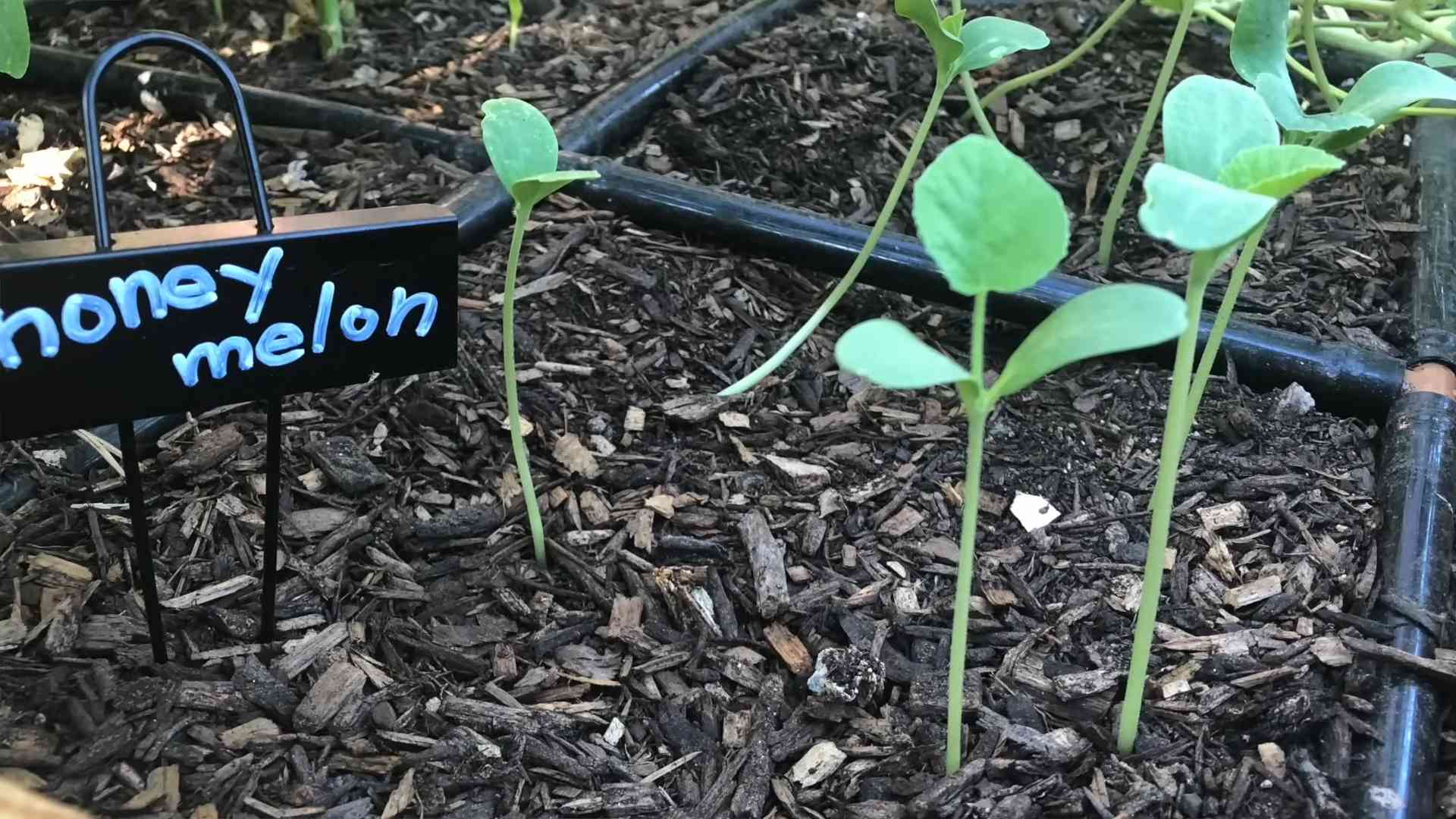
Conclusion
So, there you have it! Mastering these cantaloupe harvest tips isn’t just about getting a ripe melon; it’s about unlocking the full potential of your garden and enjoying the fruits (literally!) of your labor at their absolute peak. Imagine biting into a perfectly sweet, juicy cantaloupe, knowing you nurtured it from seed to table with your own hands. That’s the reward waiting for you.
Why is this DIY approach a must-try? Because store-bought cantaloupes, even the best ones, often fall short of the flavor explosion you can achieve with a homegrown, perfectly harvested melon. Commercial growers often pick cantaloupes before they’re fully ripe to withstand shipping and storage, sacrificing some of that intense sweetness and aroma. By following these cantaloupe harvest tips, you’re taking control of the process and ensuring you get the most delicious cantaloupe possible.
But the fun doesn’t stop there! Feel free to experiment with different cantaloupe varieties to find your favorite. Some gardeners swear by the classic Hale’s Best Jumbo, while others prefer the smaller, sweeter Athena. You can also adjust your watering schedule slightly as the cantaloupes approach maturity to concentrate the sugars and enhance the flavor. Consider companion planting with herbs like basil or marigolds to deter pests and attract beneficial insects, further improving your harvest.
Don’t be afraid to get your hands dirty and embrace the learning process. Gardening is all about experimentation and discovery. Even if your first attempt isn’t perfect, you’ll learn something valuable that will help you improve your next harvest. The key is to pay attention to the signs, trust your instincts, and enjoy the journey.
We’re confident that these cantaloupe harvest tips will empower you to grow and harvest the most delectable cantaloupes you’ve ever tasted. So, grab your gardening gloves, head out to your melon patch, and put these tips into practice. We can’t wait to hear about your success!
And most importantly, share your experience! Did you try any of these tips? Did you discover any other secrets to harvesting the perfect cantaloupe? Let us know in the comments below. Your insights could help other gardeners achieve their cantaloupe dreams. Let’s build a community of cantaloupe enthusiasts and share our knowledge to make everyone’s harvest a success!
Frequently Asked Questions (FAQ)
What are the key signs that a cantaloupe is ripe and ready to harvest?
The most reliable indicators of ripeness are the color change of the rind, the development of a sweet aroma, and the ease with which the stem slips from the vine. The rind should transition from green to a tan or yellowish color, depending on the variety. A fragrant, musky aroma should be noticeable near the stem end. Finally, the stem should separate easily from the vine with a gentle tug, leaving a smooth, shallow cavity. This is known as “full slip.” Avoid pulling hard, as this can damage the melon.
How long does it typically take for a cantaloupe to ripen after flowering?
Generally, cantaloupes take about 70 to 90 days to mature from planting, but this can vary depending on the variety, climate, and growing conditions. After flowering, it usually takes around 35 to 45 days for the fruit to ripen. Keep a close eye on your plants and monitor the signs of ripeness as the expected harvest date approaches.
What if the stem doesn’t slip easily? Does that mean the cantaloupe isn’t ripe?
If the stem doesn’t slip easily, the cantaloupe may not be fully ripe yet. However, it could also indicate a slight variation in the variety or growing conditions. In this case, rely on the other indicators of ripeness, such as the color and aroma. You can also gently press on the blossom end (opposite the stem). If it yields slightly to pressure, it’s likely ripe. If it’s still firm, give it a few more days and check again. Sometimes, cantaloupes will “half-slip,” meaning the stem is partially detached. These can still be harvested and will continue to ripen off the vine.
Can I ripen a cantaloupe after it’s been picked?
Yes, you can ripen a cantaloupe after it’s been picked, but it won’t be as sweet or flavorful as one that ripened fully on the vine. To ripen a cantaloupe off the vine, store it at room temperature (around 70-75°F) in a paper bag. This will help trap ethylene gas, which promotes ripening. Check it daily for signs of softening and aroma. Once it’s ripe, refrigerate it to slow down the ripening process.
What are some common problems that can affect cantaloupe ripening?
Several factors can affect cantaloupe ripening, including:
* **Insufficient Sunlight:** Cantaloupes need at least 6-8 hours of direct sunlight per day to ripen properly.
* **Overwatering:** Excessive watering can dilute the sugars in the fruit and delay ripening.
* **Pests and Diseases:** Pests like squash bugs and diseases like powdery mildew can weaken the plant and affect fruit development.
* **Nutrient Deficiencies:** A lack of essential nutrients, such as potassium and phosphorus, can hinder ripening.
* **Cool Weather:** Cool temperatures can slow down the ripening process.
How should I store cantaloupes after harvesting?
Once harvested, cantaloupes should be stored in the refrigerator to slow down the ripening process and prevent spoilage. Whole cantaloupes can be stored in the refrigerator for up to a week. Cut cantaloupes should be stored in an airtight container in the refrigerator and consumed within 3-4 days.
What are some creative ways to use my homegrown cantaloupe?
Beyond simply eating it fresh, cantaloupe can be used in a variety of delicious ways. Try adding it to smoothies, salads, or salsas. You can also grill cantaloupe slices for a smoky-sweet treat. For a refreshing dessert, make cantaloupe sorbet or granita. And don’t forget about cantaloupe juice! It’s a hydrating and flavorful beverage perfect for hot summer days.
Are there any specific tools I need for harvesting cantaloupes?
While you can often harvest cantaloupes by hand, a sharp knife or pruning shears can be helpful, especially if the stem doesn’t slip easily. Make sure your tools are clean and sanitized to prevent the spread of disease. Gardening gloves are also recommended to protect your hands.
How can I prevent pests and diseases from affecting my cantaloupe harvest?
Preventing pests and diseases is crucial for a successful cantaloupe harvest. Here are some tips:
* **Choose disease-resistant varieties:** Select cantaloupe varieties that are known to be resistant to common diseases in your area.
* **Practice crop rotation:** Avoid planting cantaloupes in the same location year after year.
* **Provide good air circulation:** Space your plants adequately to allow for good air circulation, which helps prevent fungal diseases.
* **Water at the base of the plants:** Avoid wetting the foliage, as this can create a favorable environment for fungal diseases.
* **Monitor for pests and diseases regularly:** Inspect your plants regularly for signs of pests or diseases and take action promptly.
* **Use organic pest control methods:** Consider using organic pest control methods, such as insecticidal soap or neem oil, to control pests.
Is there a difference in taste between different cantaloupe varieties?
Yes, there is a noticeable difference in taste between different cantaloupe varieties. Some varieties are sweeter, while others have a more musky flavor. Some have a firmer texture, while others are more juicy. Experiment with different varieties to find your personal favorite. Consider factors like sweetness, aroma, texture, and disease resistance when choosing a variety to grow.

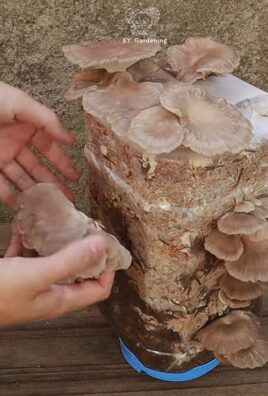
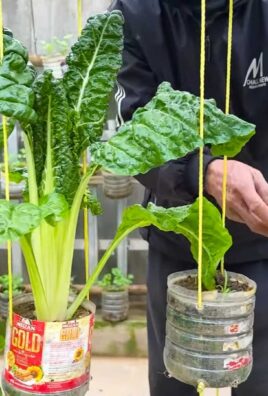
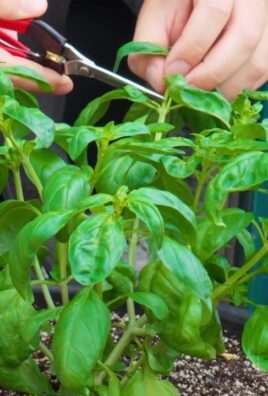
Leave a Comment